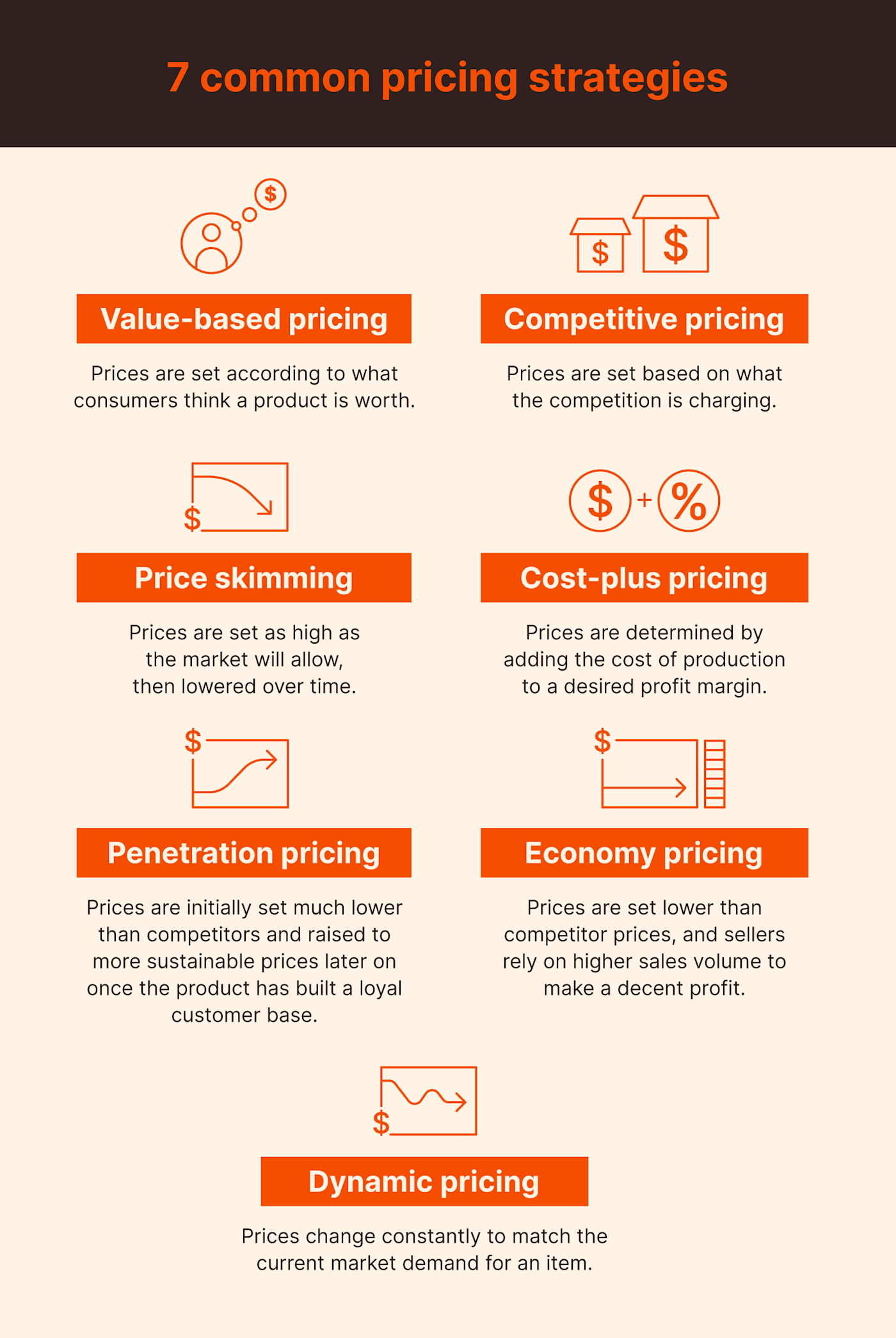How to Develop a Pricing Strategy for Your Business: A Comprehensive Guide

Pricing is the heartbeat of your business. It's the silent salesperson that works 24/7, influencing your customers' purchasing decisions and driving your business growth. But how do you develop a pricing strategy that's just right? Too high, and you'll scare customers away. Too low, and you'll struggle to stay afloat. Let's dive in and explore how to develop a pricing strategy for your business that's a perfect fit.
Understanding the Pricing Landscape
Before we delve into the nitty-gritty of pricing strategies, let's understand the lay of the land. Pricing isn't just about slapping a number on your product. It's about understanding your market, your costs, and your value.
Market Analysis: Your Pricing Compass
Market analysis is your compass in the pricing wilderness. It tells you where your competitors are and where your customers want you to be. Start by asking:
- Who are your competitors?
- What are they charging?
- What do customers love and hate about their pricing?
Tools like SEMrush and Ahrefs can help you analyze your competition. Remember, you're not just looking for a gap in the market, but a gap in your customers' hearts.

Pricing Tactics: The Science and Art of Pricing
Now that you've got your bearings, let's explore some pricing tactics. These are the tools in your pricing toolbox, each with its own strengths and weaknesses.
Cost-Based Pricing: The Foundation
Cost-based pricing is the foundation of your pricing strategy. It's about understanding your costs and ensuring you cover them. Here's how to do it:
- Calculate your fixed costs (rent, salaries, etc.).
- Calculate your variable costs (materials, production, etc.).
- Add a markup percentage to ensure profitability.
Simple, right? But cost-based pricing alone can leave money on the table. That's where value-based pricing comes in.
Value-Based Pricing: The Crown Jewel
Value-based pricing is about charging what your customers think your product is worth, not just what it costs to make. It's the crown jewel of pricing strategies, but it's also the hardest to get right.
Start by asking:
- What problem does your product solve?
- How much is that solution worth to your customers?
- What are your customers willing to pay?
Tools like customer surveys and conjoint analysis can help you answer these questions.
Developing Your Pricing Strategy
Now that you've got your tools, it's time to build your pricing strategy. Here's a step-by-step guide:
Step 1: Define Your Pricing Goals
What do you want your pricing strategy to achieve? More sales? Higher profits? Market penetration? Your goals will guide your strategy.
Step 2: Choose Your Pricing Tactics
Based on your goals and market analysis, choose the right pricing tactics for your business. This could be a mix of cost-based and value-based pricing, or something entirely different.
Step 3: Test Your Prices
Don't just set your prices and forget them. Test different price points to see what works best. A/B testing tools can help you do this systematically.
Step 4: Review and Adjust
Pricing is an ongoing process. Regularly review your prices and adjust them as needed. The market changes, your costs change, and your customers' needs change. Your prices should too.

Pricing Psychology: The Human Touch
Pricing isn't just about numbers. It's about people. Understanding pricing psychology can help you tap into your customers' minds and hearts.
The Power of 9
Ever noticed how many prices end in 9? That's because of a psychological phenomenon known as the 'left-digit effect'. Our brains process numbers from left to right, so $9.99 feels closer to $9 than $10.
Anchoring
Anchoring is about creating a reference point that makes your price seem more attractive. For example, if you're selling a car for $20,000, putting it next to a $50,000 car makes it seem like a bargain.
Conclusion: Your Pricing Journey Starts Here
Developing a pricing strategy for your business is a journey, not a destination. It's about understanding your market, choosing the right tactics, and continually testing and adjusting your prices.
Remember, pricing isn't just about making a profit. It's about creating value for your customers and building a sustainable business. So, are you ready to start your pricing journey?
FAQs
Q: How often should I review my prices? A: You should review your prices regularly, at least once a year. But don't be afraid to adjust them more often if the market or your costs change.
Q: Should I always aim to be the cheapest? A: Not necessarily. Being the cheapest can attract price-sensitive customers, but it can also devalue your product and start a race to the bottom. Aim to be the best value instead.
Q: What if my costs are higher than my competitors' prices? A: If your costs are higher than your competitors' prices, you need to find a way to differentiate your product. This could be through better quality, unique features, or exceptional service.
Q: How do I handle price increases? A: Handle price increases with care. Communicate the increase clearly and explain the reasons behind it. Offer alternatives or discounts to soften the blow.
Q: How do I know if my pricing strategy is working? A: You'll know your pricing strategy is working if it's helping you achieve your business goals. This could be increased sales, higher profits, or market growth. Regularly review your prices and adjust them as needed.
0 Response to "How to Develop a Pricing Strategy for Your Business: A Comprehensive Guide"
Post a Comment